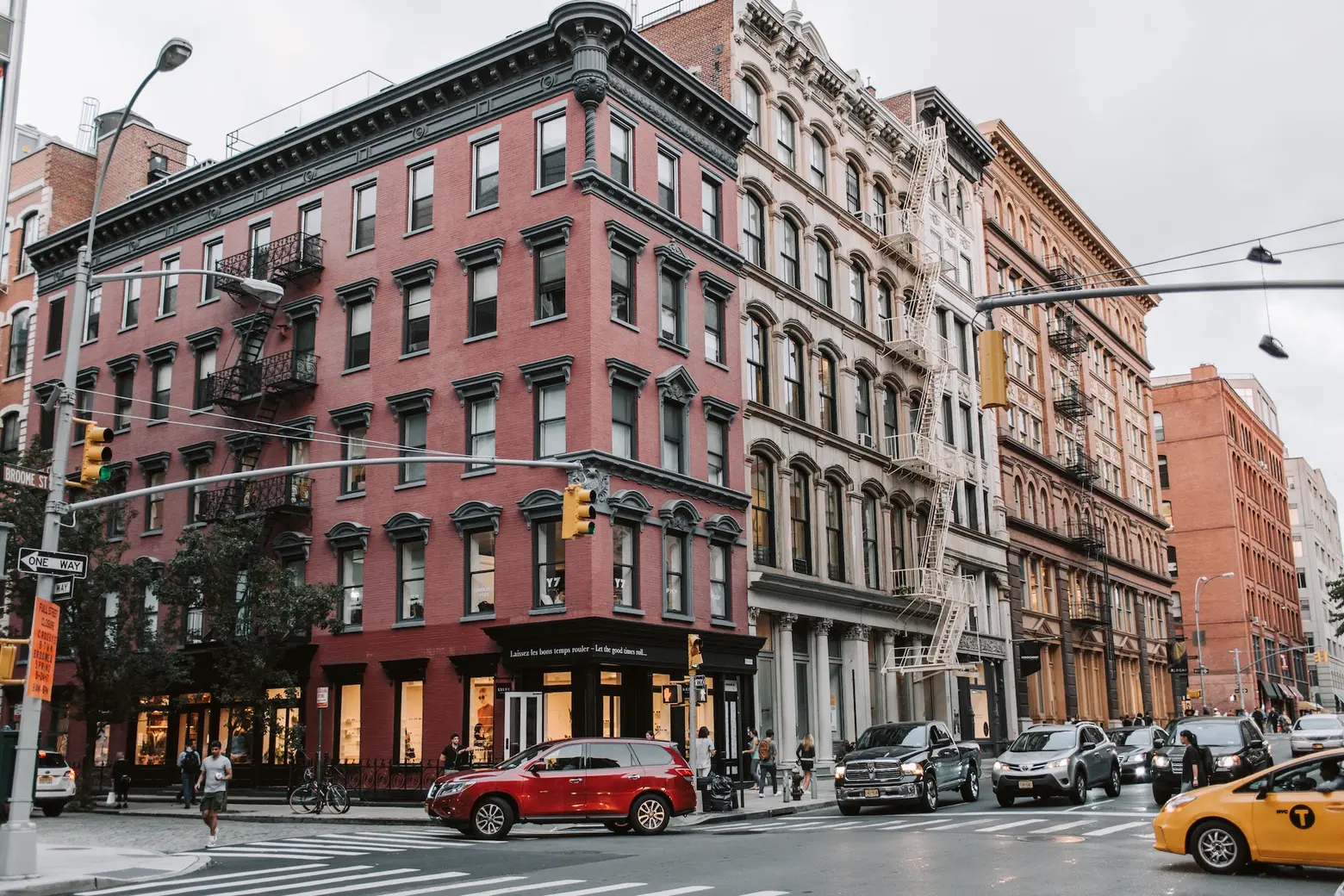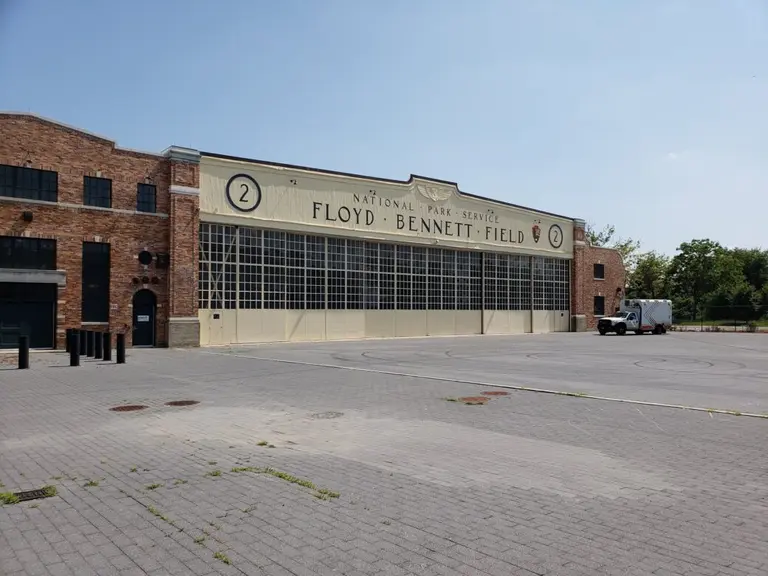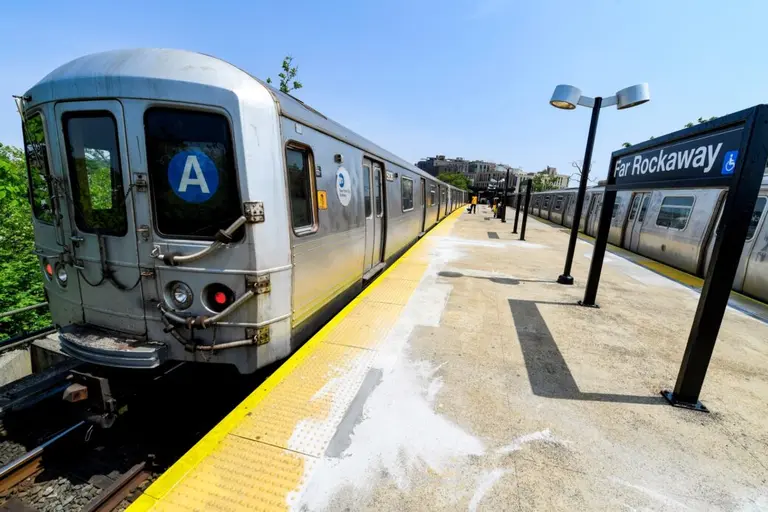Housing targets in every NYC district would lead to more equitable development, City Council says

Image courtesy of Vlada Karpovich on Pexels
A new plan by the New York City Council aims to increase affordable housing production by setting development goals for each of the city’s 59 community districts. Speaker Adrienne Adams on Thursday unveiled her “Fair Housing Framework” legislation, a plan reminiscent of Gov. Kathy Hochul’s rejected proposal earlier this year that called for every locality in the state to meet home creation targets. Under Adams’ plan, “high-opportunity,” or wealthier, transit-rich neighborhoods in the city, would be required to produce more low-income affordable housing. According to the plan, the city’s housing agencies would be responsible for setting targets for each district, which would be reevaluated every five years, starting in 2025.
The Fair Housing Framework includes policies aimed at increasing the production of low-income housing in high-opportunity districts, preserving affordable housing, and creating effective anti-displacement resources for these communities.
According to Adams, the framework would require a citywide housing needs assessment to determine the total number and types of housing units needed to be equitable for households of all incomes. This assessment would use criteria like rent burden, demographic trends, previous and projected growth of the population, and the projected amount of jobs and housing over the next decade.
Using these criteria, housing targets would be set for a five-year period for the following metrics: total housing units, low-income affordable housing, supportive housing, housing to accommodate elderly households, and affordable housing preservation.
As part of the speaker’s plan, the NYC Department of Housing Preservation and Development (HPD) and the Department of City Planning (DCP) would be responsible for establishing housing production goals for each community district, ensuring that all parts of the city play an equal role in addressing NYC’s housing crisis.
“To deliver real relief for New Yorkers, we must prioritize equitable and affordable housing development that matches the need in our city. This Fair Housing Framework legislation will not just advance the goal of building truly affordable housing for New Yorkers, but also build stronger and healthier neighborhoods,” Adams said in a statement.
“Permanent housing is the key to safety and stability, and by investing in equitable affordable housing production, we can ease the stressors that exacerbate other citywide challenges. I look forward to working in partnership with all stakeholders to give working families across the five boroughs a real chance at building their legacy in this city.”
Adams’ plan bears resemblance to the housing proposal made by Hochul during her 2023 State of the State address, which was shelved after the plan was scrapped in budget talks. Known as the New York Housing Compact, Hochul’s sweeping housing plan required communities served by the Metropolitan Transportation Authority to have a three percent growth target over the next three years, while localities upstate would have a target of one percent over three years. Communities that failed to reach these targets would run the risk of facing penalties.
In comparison, Adams’ plan does not set housing production targets or mandates they are met. The city’s housing agencies would be responsible for setting production targets, and then laws would have to be passed to reach those targets, according to The Real Deal.
A major difference between the two plans is that the speaker’s framework calls for wealthier parts of the city to create more affordable housing than ever, while poorer areas of the city would be better protected from the creation of unaffordable, market-rate homes.
The Association for Neighborhood & Housing Development, an organization dedicated to the production of affordable housing for all New Yorkers, expressed support for the ways in which the plan places the city’s marginalized communities at the forefront of city policy decisions.
“Our City’s geography of inequality didn’t happen by chance; it was the predictable outcome of decades of planning decisions that only served to reinforce racial and economic disparities – a pattern that continues to this day. Breaking that mold will require proactive, deliberative planning to achieve clear equity-oriented goals,” the group said in a statement. “And it will require placing the needs of marginalized communities front and center in the City’s policy, budgeting, and land use decisions.”
The ANHD continued: “The Fair Housing Framework legislation is an important step in that direction, providing a new level of analysis that looks at questions of displacement and preservation alongside development and sets recommendations rooted in explicit racial and economic equity goals, which our government and our communities can then use as a transparent basis for decision-making.”
The HPD and DCP will meet with policy experts, advocates, and stakeholders and hold at least one public meeting in each of the five boroughs at least six months before the plan is submitted.
NYC is currently not building enough housing to meet demand, with a report from March revealing fewer than 30 total filings for multi-family housing projects each month for the last three months.
According to the speaker, the city built only 200,000 new housing units between the years 2010 and 2020 but gained 630,000 new residents and roughly one million jobs during that period.
According to a report released by the Fund for the City of New York in April, half of all New Yorkers are unable to afford their basic needs. The report found that 1,298,212 working households, or 2,991,973 people, do not earn enough to afford basic expenses like rent, health care, food, and transportation. The number of struggling households is up to 50 percent from 36 percent in 2021, a 38 percent increase over a two-year period.
RELATED:


























